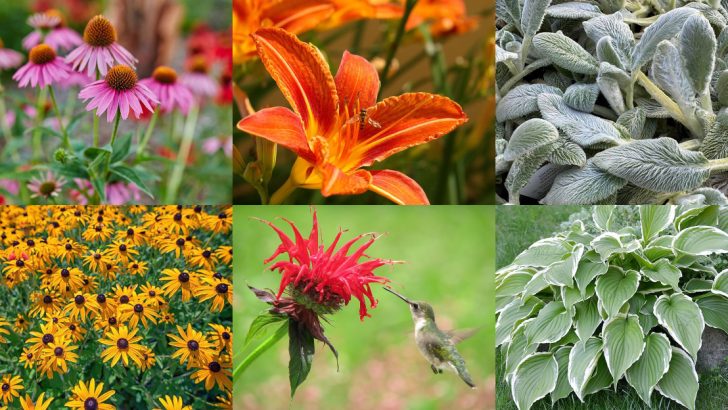Fast-growing perennials promise the dream: instant color, instant fullness, instant wow. But reality? Not always so dreamy. Some took off like rockets—straight into a tangled, floppy mess. Others vanished faster than they appeared, ghosts of good intentions. And a few? Let’s just say they grew, but forgot to be pretty. Out of the 12 I planted, only four earned their keep. The rest were a masterclass in disappointment. If you’re racing to fill your garden, don’t get burned like I did. Skip the hype, keep the winners, and save yourself the regret. Here’s what actually worked—and what I’ll never plant again.
Echinacea
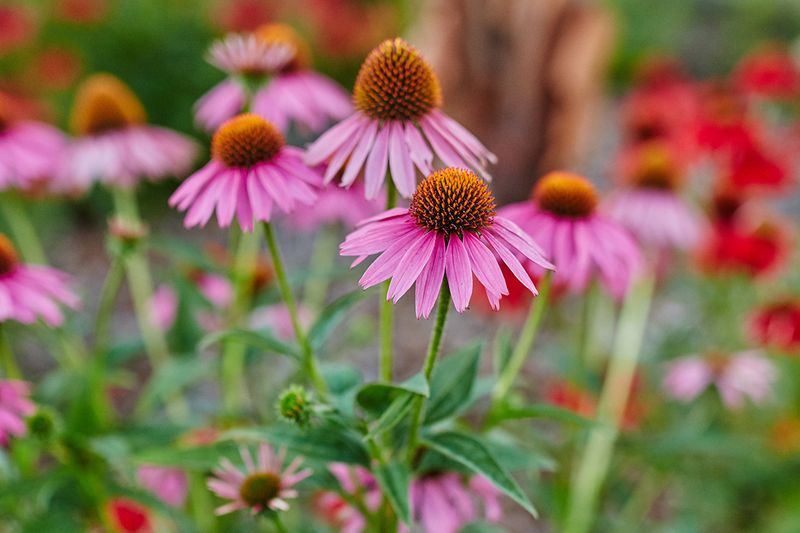
Echinacea, also known as coneflower, stands tall and proud with its vivid pink petals and golden center. This perennial is not just a beauty; it thrives in various climates, making it a gardener’s delight. Planted under the sun, it quickly transformed my garden into a vibrant paradise.
Its ability to attract butterflies and bees adds an enchanting buzz, offering an ecological benefit. With minimal care, Echinacea flourishes, requiring only occasional watering and deadheading. An unexpected bonus? Its medicinal properties, known for boosting immunity. This perennial proved to be a standout among my garden experiments.
Daylilies
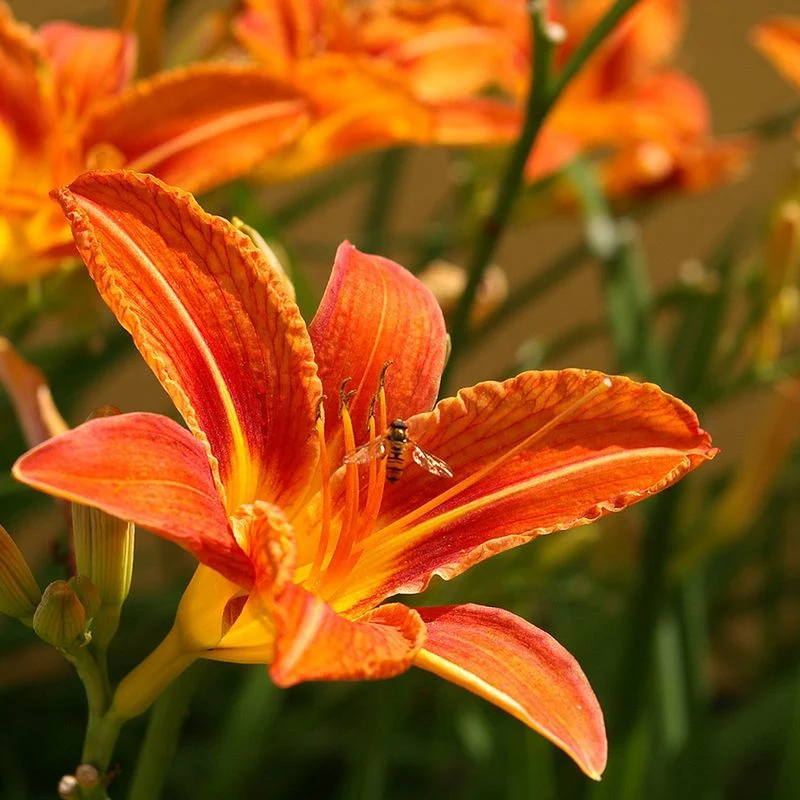
Daylilies burst into my garden with a vibrant energy, their trumpet-shaped blooms radiating warmth. These perennials are resilient, adapting to a variety of soil types and climates. Each bloom lasts just a day, yet their continuous flowering keeps the garden lively.
Their ability to thrive without constant attention makes them a favorite among busy gardeners. With each sunrise, new blooms greet the morning, adding a splash of color. Their ease of maintenance is matched by their versatility, fitting into any garden design seamlessly. Truly, daylilies are a gardener’s secret weapon.
Lamb’s Ear

Lamb’s Ear offers a tactile experience like no other, its velvety leaves inviting a gentle touch. This perennial adds an unusual texture to the garden, complementing more colorful flowers with its silvery-green hue. It’s a plant that whispers tranquility.
While not a show-stopper in bloom, its real charm lies in its foliage, which forms dense, ground-hugging mats. It’s perfect for borders and pathways, creating a soft, visual contrast. Easy to grow and drought-resistant, Lamb’s Ear proved its worth by thriving where many others failed.
Black-Eyed Susan
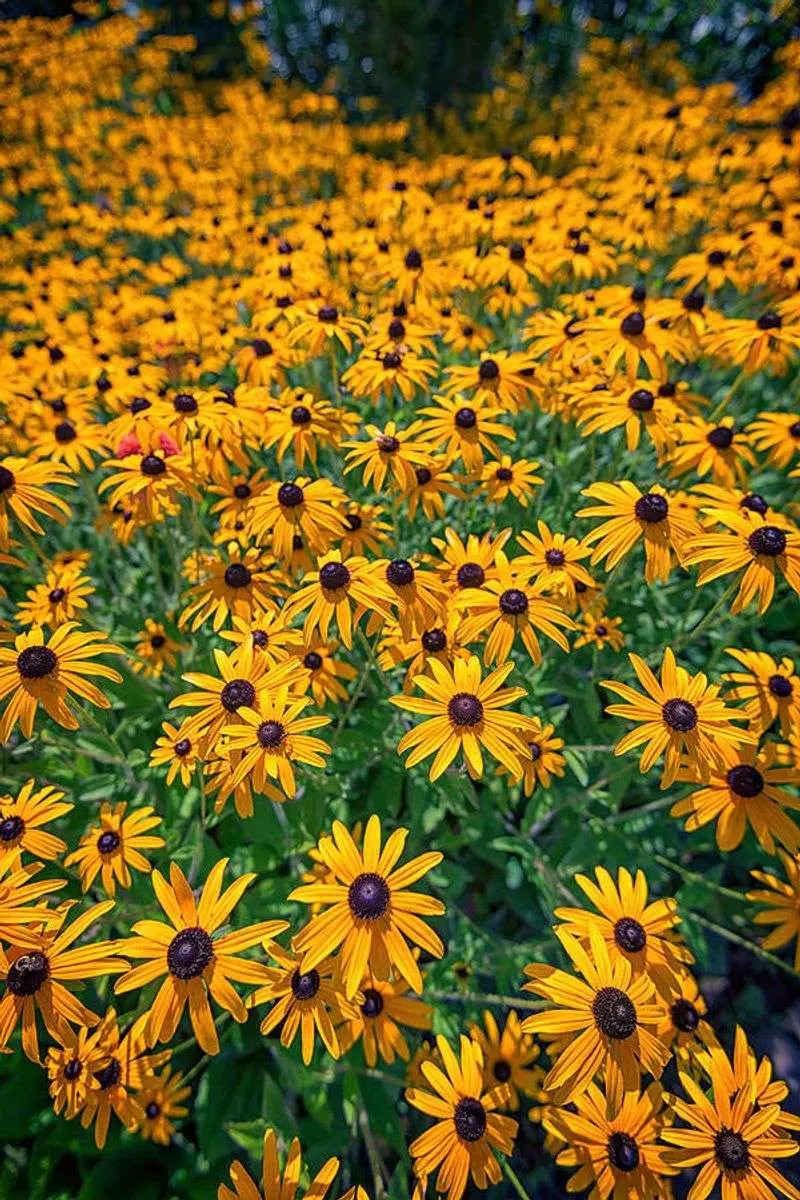
Black-Eyed Susan brings sunshine to the garden with its cheerful yellow petals and dark, contrasting centers. It’s a perennial that thrives with very little care, making it ideal for gardeners seeking low-maintenance beauty. This plant is as sturdy as it is stunning.
Its long blooming period ensures a bright display from summer to fall. Beyond its visual appeal, it attracts pollinators, supporting local ecosystems. Whether lining a walkway or mixed in a wildflower garden, Black-Eyed Susan adds a splash of sunshine wherever it grows. Truly, it’s a golden asset to any garden.
Bee Balm
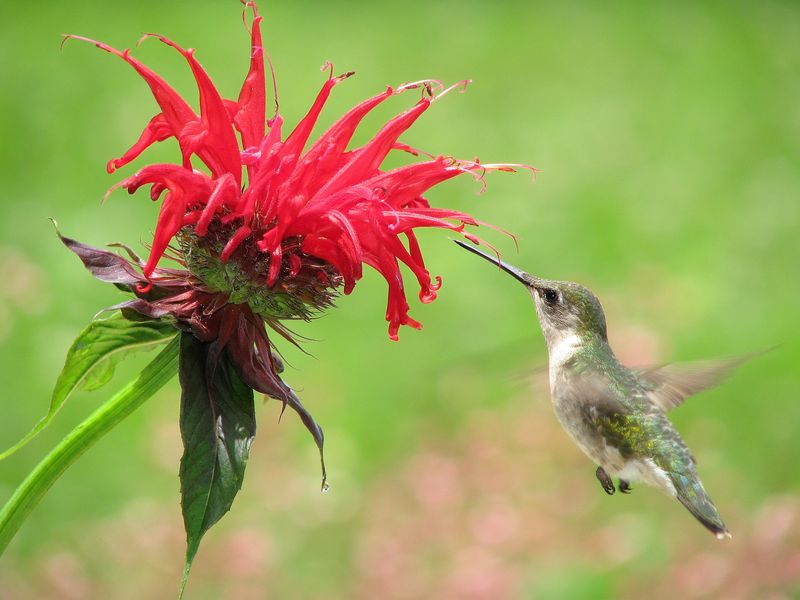
Bee Balm, with its spiky blossoms in fiery reds and purples, is a feast for the eyes and a favorite among hummingbirds. This perennial adds height and drama to the garden, creating a visually dynamic landscape. Its bold colors and robust nature make it a striking choice.
Easily spreading, Bee Balm forms dense clumps that can quickly fill a space. It’s not just its beauty that’s captivating; its leaves offer a minty aroma, perfect for herbal teas. As a garden companion, Bee Balm is both a performer and a provider, satisfying gardeners and pollinators alike.
Hosta
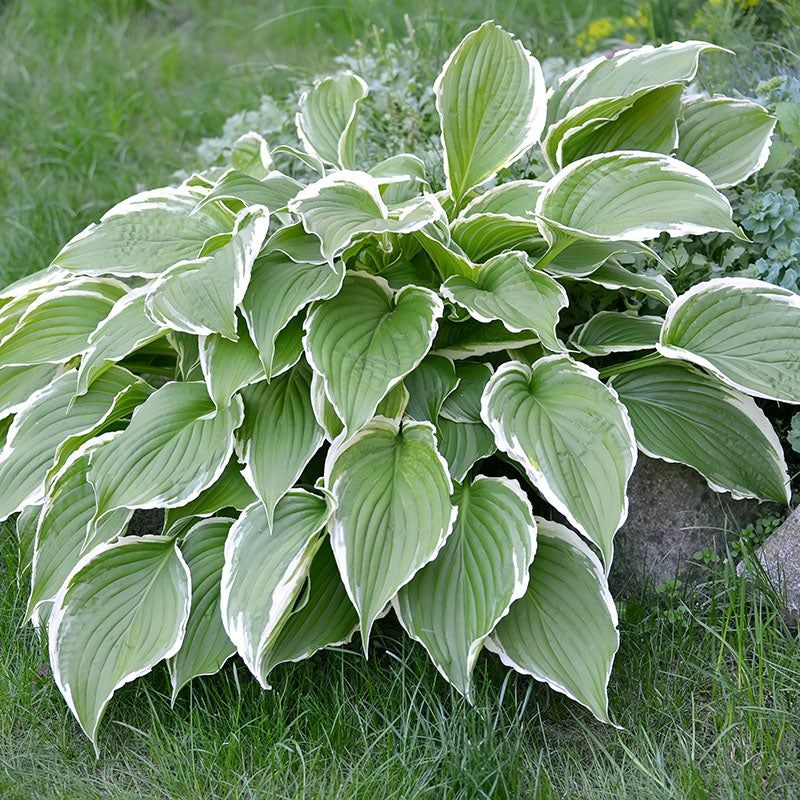
Hostas are the unsung heroes of shaded gardens, thriving where many plants wouldn’t dare. Their lush foliage ranges from deep green to variegated hues, offering a calming backdrop to more vibrant flowers. These perennials excel in spaces with limited sunlight.
While their flowers are understated, their real appeal lies in their diverse leaf patterns and sizes. Hostas require minimal maintenance, thriving with just regular watering. They’re perfect for adding texture and depth. In the world of perennials, Hostas quietly claim their space, making them indispensable for any garden enthusiast.
Russian Sage
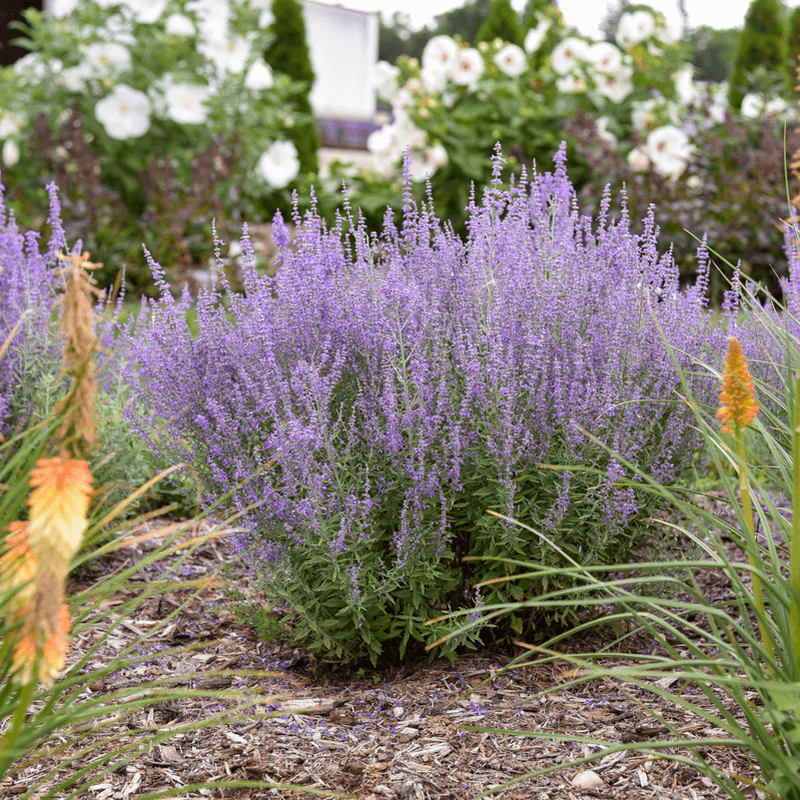
Russian Sage stands tall with its elegant, silver-gray foliage and wispy purple flowers. It’s a perennial that thrives in sunny, arid conditions, adding a touch of whimsy to the landscape. Its aromatic leaves provide a sensory delight, evoking a Mediterranean essence.
This plant’s resilience is matched by its beauty, requiring little more than sunlight and well-drained soil to flourish. It’s a favorite among those seeking a low-maintenance yet striking garden feature. Russian Sage offers both visual appeal and practicality, making it a must-have for those looking to enhance their garden.
Shasta Daisy
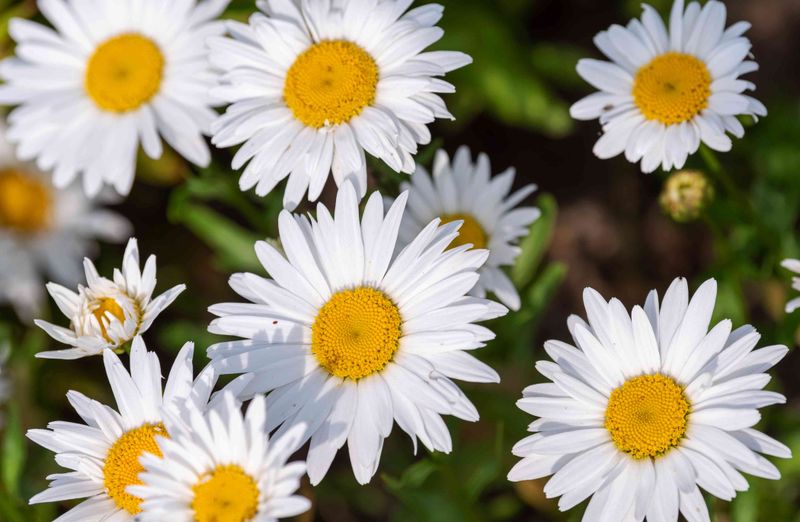
Shasta Daisy brings a classic charm to any garden with its white petals and cheerful yellow centers. These perennials are a symbol of simplicity and endurance, often blooming from early summer into late fall. Their timeless beauty adds a crisp, clean look to flower beds.
Shasta Daisies are forgiving, thriving in a range of soils and conditions. They require minimal care, making them perfect for novice gardeners. With their consistent blooms and classic appeal, they offer a fresh, bright touch. These daisies are like a breath of fresh air, enhancing any floral landscape effortlessly.
Sneezeweed
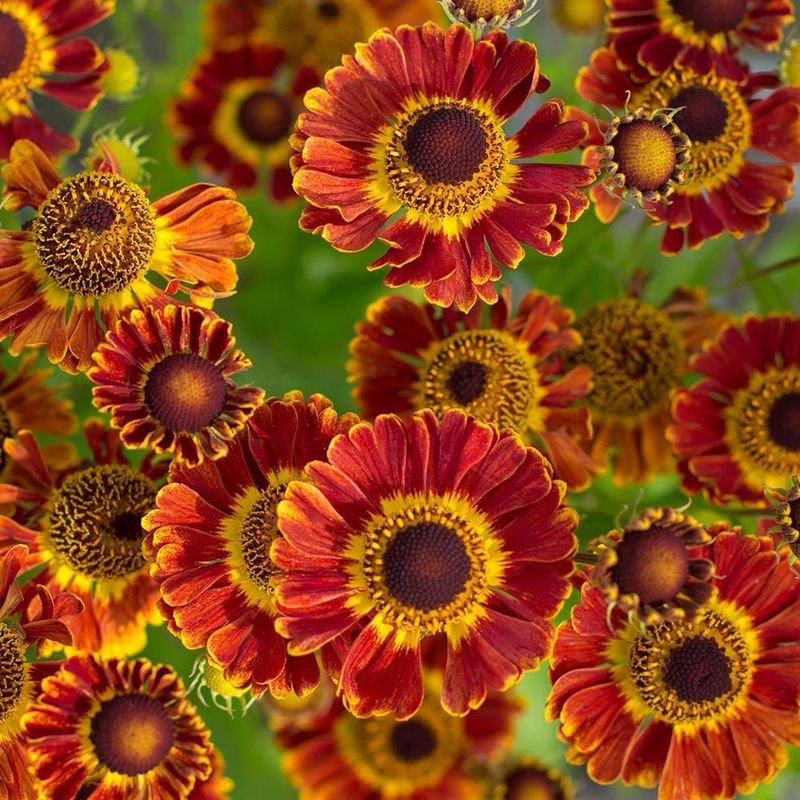
Sneezeweed, with its whimsical name, is an eye-catching perennial that thrives under the sun. Its bright yellow and orange flowers bring a burst of summer to any garden. These blossoms attract a myriad of pollinators, adding life and movement.
Though it doesn’t actually make you sneeze, its historical use in snuff might. Hardy and easy to grow, Sneezeweed is a delightful addition to your garden, offering continuous blooms from late summer into fall. It’s perfect for those looking to inject a bit of whimsy into their garden without the usual suspects.
Its reliable nature and vibrant colors were why it earned its spot in my top picks.
Gooseneck Loosestrife
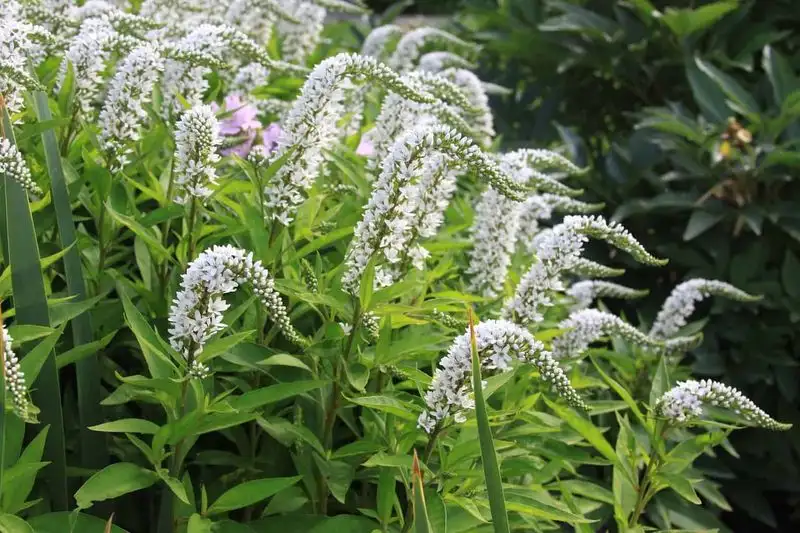
Gooseneck Loosestrife brings a graceful arc to the garden with its curiously shaped white blooms that resemble a goose’s neck. This perennial is a robust grower, spreading quickly to fill spaces with its striking presence.
While some gardeners find it invasive, its exuberant nature is precisely what adds character.
When paired thoughtfully with other plants, it can enhance the garden’s texture and flow. Its tenacity and the visual drama it offers secured its place on my list. A bold choice for those unafraid of a bit of garden mischief!
Jerusalem Artichoke
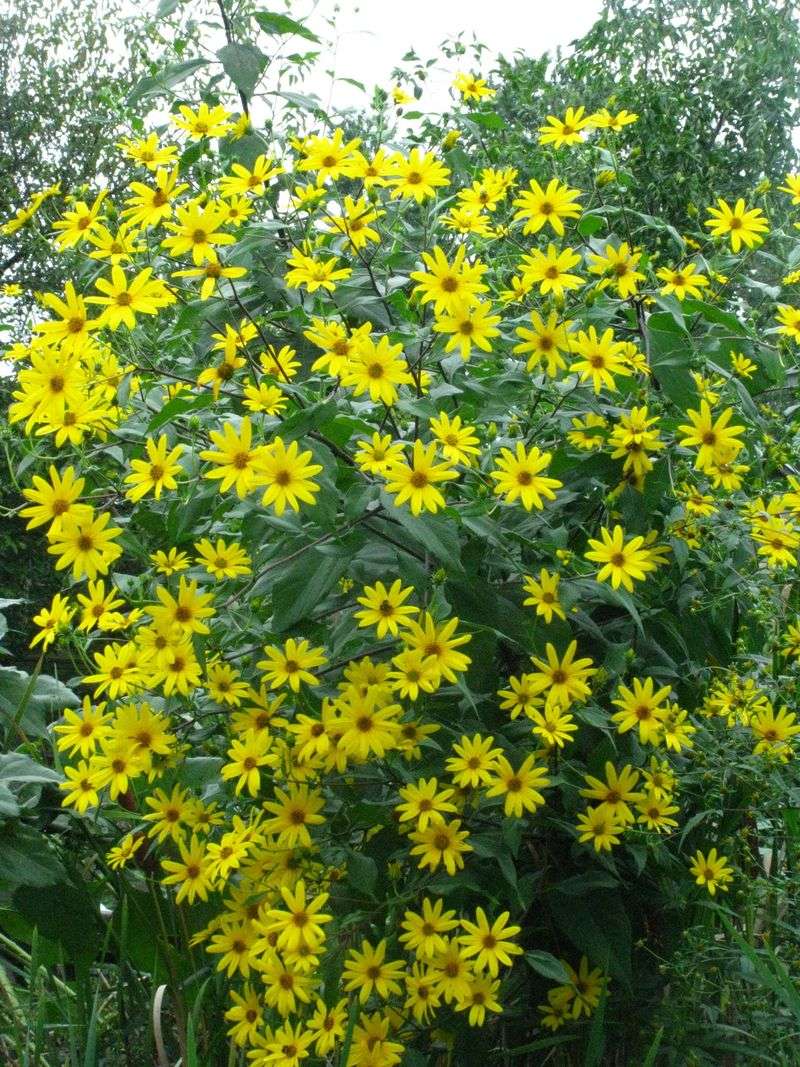
Jerusalem Artichoke, with its towering presence, stands tall and proud in the garden. Its sunflower-like blooms create a luminous canopy, while underground, it hides edible tubers that are a gardener’s delight.
A perennial vegetable, it provides not just visual appeal but also a culinary bonus.
Despite its assertive growth, this plant can be a rewarding addition to a thoughtfully planned garden. The dual benefits of beauty and utility make Jerusalem Artichoke a plant that stands out, offering both a feast for the eyes and the palate.
Celandine Poppy
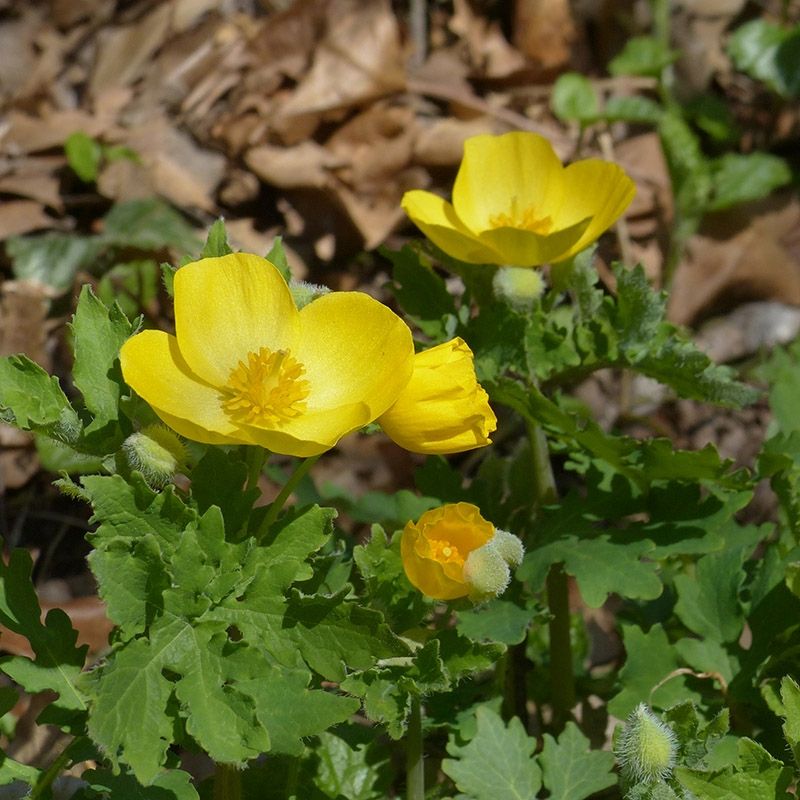
Celandine Poppy enchants with its woodland charm, producing delicate butter-yellow flowers in the spring. This perennial thrives in shaded areas, bringing light to the dimmest corners of the garden.
While it can self-seed prolifically, its gentle beauty is worth the slight risk of overpopulation.
Perfect for naturalizing, these poppies create a soft, drifting sea of color that captivates and soothes. Their ability to transform shaded areas into vibrant displays is what earned them a spot on my list of worthwhile plants.

